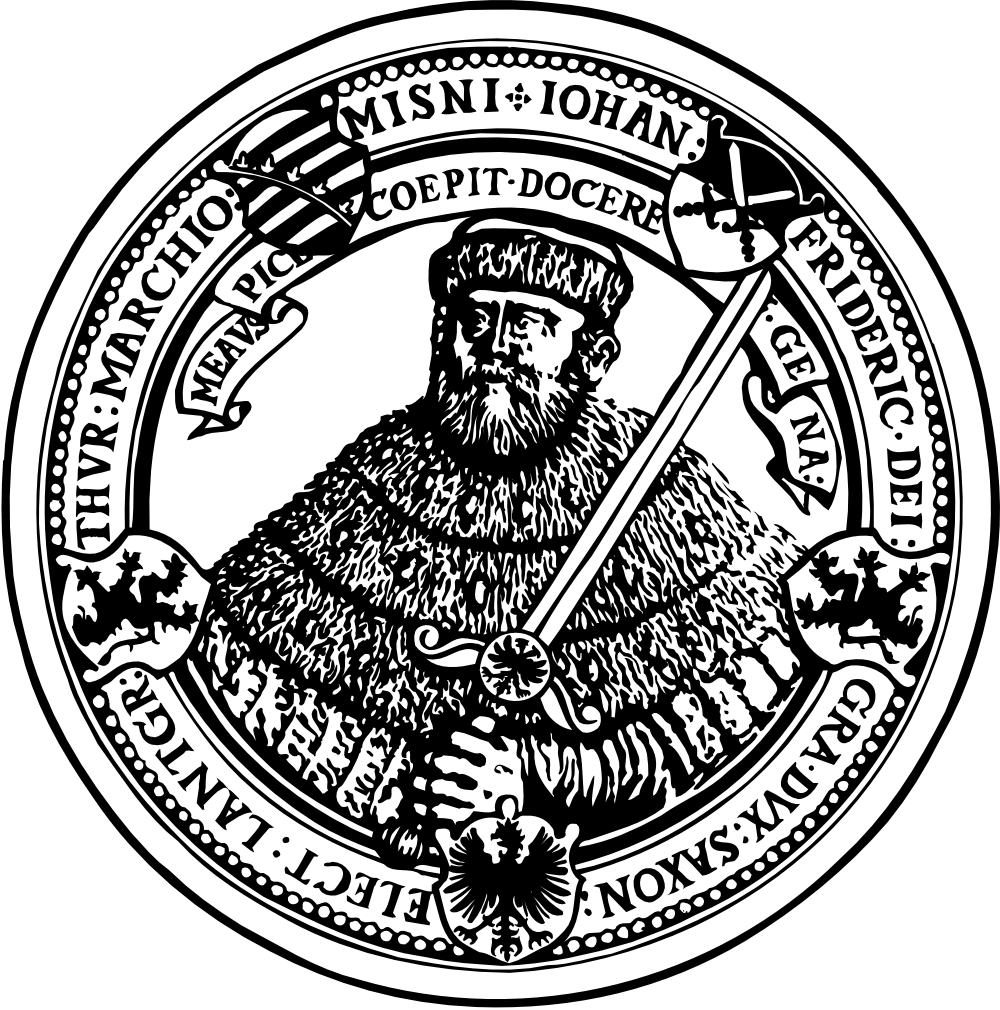Linguistics Department, Georg-August Universität Göttingen, Winter 2004, teaching language: German
Classical artificial intelligence (AI) was dominated by the attempt to create symbolic representations of knowledge in systems of logic (just like you define a state of affairs in a PROLOG program). Especially since 1986, however, connectionist models of neural nets (NN) have become a new and successful approach to problems involving unsharpness, associativity, etc. They represent knowledge in systems inspired by the architecture of the human nervous system, where information is not stored in discrete symbolic structures but distributed over large nets of connected mini-processors. Also, information is not processed step-by-step by one central processor but through associative and wholistic interaction of those mini-processors.
We start out with a step-by-step introduction to neural nets (basic theory, different types, etc.) and the way knowledge can be learned by neural nets. In the second half of the course, we will take a closer look at Miikulainen 1993 as one example of a connectionist model of such a high-level problem as discourse analysis. Even though it dates back to 1993, it is a comparatively accessible work that demonstrates the power and limits of connectionist techniques.
Note: The class will be kept as free of mathematical modelling as possible, which might be a relief to students of linguistics and a disappointment to students of computer science. However, through gentle introductions to the unavoidable mathematical aspects of the subject on one hand and optional further reading for students who have had an introduction to applied or theoretical mathematics (and are hungry for more) on the other hand, we will try to minimize that unavoidable side effect of interdisciplinary research.
